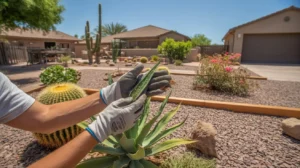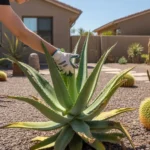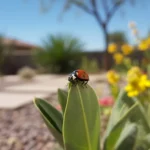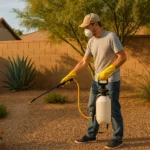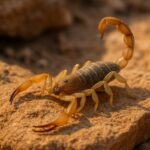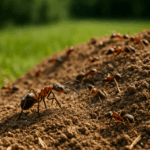July in Mesa brings more than just searing heat – it’s prime time for summer pests to invade your yard and damage your hard-earned landscape. But with the right action plan, you can beat the bugs and keep your plants thriving through the toughest months. Here’s your step-by-step guide to effective july pest control in Mesa.
Know Your Enemies: Common July Pests in Mesa
The first step to winning any battle is knowing what you’re up against. In Mesa, the most problematic summer pests include:
- Aphids: These tiny sap-suckers can quickly infest and weaken plants, causing curling leaves and stunted growth. Watch for clusters on new growth.
- Whiteflies: Like aphids, whiteflies drain plant juices and secrete sticky honeydew that attracts sooty mold. Look for white clouds when you disturb foliage.
- Spider mites: Dry, hot conditions are ideal for spider mites. Their feeding causes stippling and bronzing of leaves. Check for fine webbing.
- Thrips: Slender and fast-moving, thrips rasp leaves and petals, leaving behind silvery scars and distorted growth.
- Caterpillars: Voracious leaf-eaters like cutworms, cabbage loopers, and hornworms can quickly defoliate plants in July.
Identifying the specific pest is key to choosing the most effective treatment. Inspect plants closely at least once a week, using a magnifying glass for small insects. The sooner you spot an infestation, the easier it is to control.
Harness the Power of H2O
One of the simplest and most effective ways to combat many soft-bodied pests is with a strong spray of water. Aphids, whiteflies, and spider mites can often be dislodged with a sharp blast, especially on the undersides of leaves where they congregate.
Use a hose-end nozzle set to a forceful spray, but not so strong that it damages foliage. Spray in the morning so leaves can dry quickly in the sun, reducing the risk of fungal issues. Repeat every few days until the infestation subsides.
According to Marcus Wynn, a seasoned Mesa pest control pro, “Never underestimate the power of a well-aimed hose in your summer pest arsenal. It’s amazing how many bugs you can evict with a little H2O therapy.”
Recruit Beneficial Bugs to Your Side
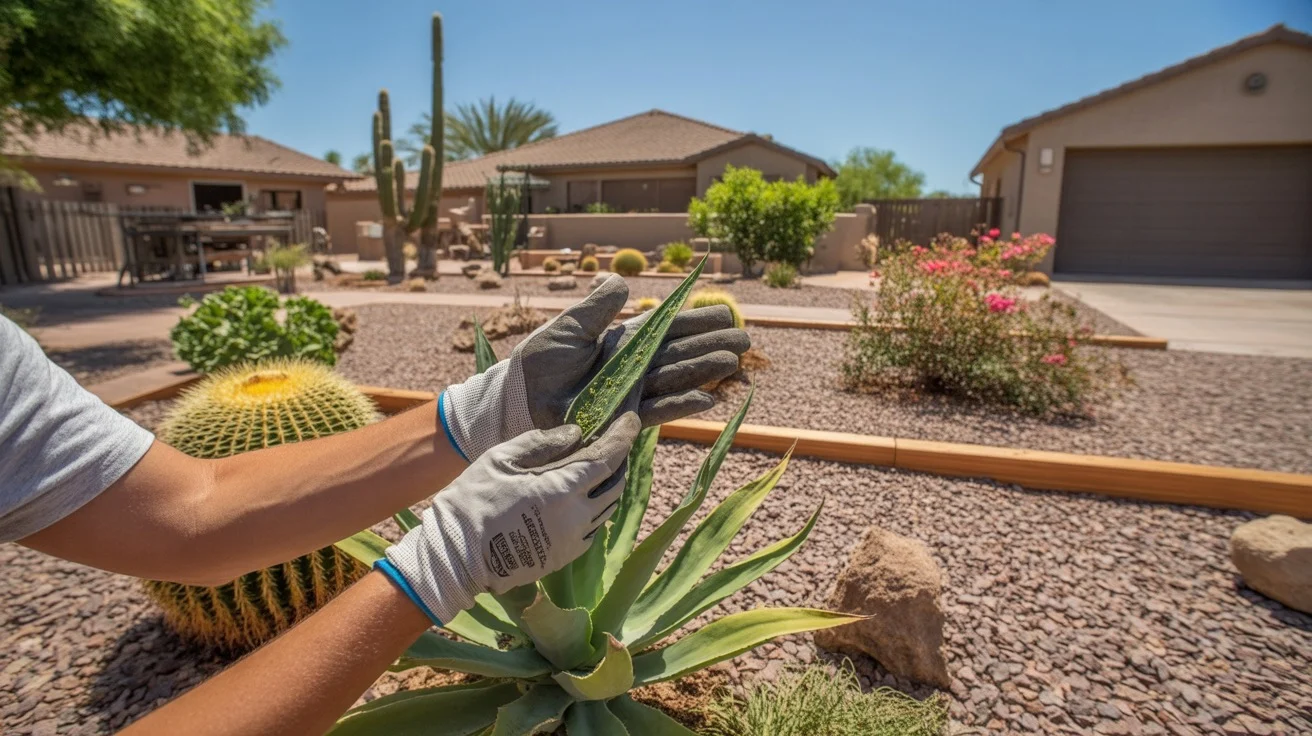
Not all insects in your yard are enemies. Many beneficial predators can help keep pest populations in check naturally. Ladybugs, lacewings, predatory wasps, and praying mantises all feast on common July pests.
Attract these helpful allies by planting a diverse garden with small, pollen-rich flowers like alyssum, dill, fennel, and yarrow. Avoid broad-spectrum insecticides that can harm beneficials along with pests. If you must spray, opt for selective, low-impact products and apply them only where needed.
You can also purchase and release beneficials directly in your yard. Look for quality suppliers who ship insects with a food source so they arrive healthy and ready to hunt. Proper timing and placement are key for success.
Barricade with Barriers
Preventing pests from reaching your plants in the first place is often easier than eliminating them once they gain a foothold. Physical barriers like floating row covers, mesh netting, and plant collars can effectively block many July invaders.
Lightweight row covers draped over hoops can protect vulnerable seedlings and ripening crops from caterpillars, beetles, and flying pests. Be sure to secure the edges with soil or pins. Remove covers when plants outgrow them or temps climb too high.
For cutworms and other ground-dwelling pests, place a collar around the base of each plant. Cut a strip of cardboard or plastic several inches tall and 1-2 inches larger than the stem. Bury it an inch deep, forming a protective barrier.
Target with Low-Impact Treatments
When cultural controls aren’t enough, reach for targeted, low-toxicity products first before escalating to harsher chemicals. Insecticidal soaps and horticultural oils can effectively smother soft-bodied pests like aphids, thrips, and spider mites with less impact on beneficial insects.
Bt (Bacillus thuringiensis) is a naturally occurring bacteria that specifically targets caterpillars while sparing other organisms. Apply it to the leaves of affected plants according to label instructions. Caterpillars will stop feeding within hours.
Neem oil, derived from the tropical neem tree, disrupts the life cycle of many pests and can be applied as a foliar spray or soil drench. Azadirachtin, the active compound, has repellent and anti-feedant properties.
“Start with the gentlest effective option and work your way up as needed,” advises Wynn. “You want to knock back the bad bugs, not obliterate every insect in your yard.”
Keep Plants Healthy and Resilient
Stressed, weakened plants are much more vulnerable to pest damage than robust, thriving ones. Proper watering, fertilizing, and pruning can go a long way in boosting your plants’ natural pest resistance.
Deep, infrequent irrigation promotes extensive root growth and drought tolerance. Aim to water established plants and trees to a depth of 1-2 feet every 7-14 days, adjusting for rainfall and soil type. Avoid overhead sprinklers that wet foliage and create humid microclimates pests love.
Feed plants with a slow-release, organic fertilizer early in the season to support steady growth. Avoid excessive nitrogen that produces lush, attractive foliage for pests. Compost, worm castings, and liquid seaweed are all great options.
Prune out any dead, damaged, or diseased plant material promptly. This eliminates hiding spots and breeding grounds for pests. Thin out crowded areas to improve airflow. Denser growth is more prone to infestation.
Clean Up to Prevent Flare-Ups
Tidy yards are less hospitable to pests than cluttered ones. Remove fallen leaves, fruit, and plant debris regularly, especially in July when pest populations peak. These materials can harbor eggs and larvae that will re-infest plants if left unchecked.
Keep weeds under control, as they can serve as alternate hosts for pests. Pull them by hand or spot-treat with a targeted herbicide. Avoid disturbing soil too much, which can bring weed seeds to the surface.
If you do have a serious infestation, dispose of heavily infested plant material in sealed bags in the trash, not in your compost bin. You don’t want to spread the problem or reintroduce overwintering pests next season.
Monitor and Adapt All Season
Effective pest control is an ongoing process, not a one-time treatment. Continue monitoring your plants weekly throughout the summer, even if the initial issue seems resolved. Pests can quickly rebound, especially in July’s hot, dry conditions.
Keep a garden journal to track which pests appear when, which plants they favor, and what control measures work best. This will help you anticipate and prevent problems in future years.
Be prepared to adjust your tactics as conditions change. A treatment that worked well in June may be less effective in July’s intense heat. Irrigate more deeply, spray in the cooler morning hours, and be extra vigilant for drought-stressed plants.
With a proactive, adaptive approach, you can minimize pest damage and keep your Mesa yard looking its best all summer long. Stay alert, act quickly, and don’t let the bugs bake your beloved plants!

